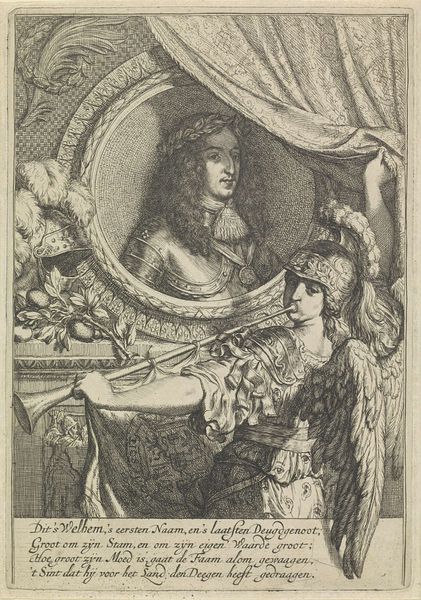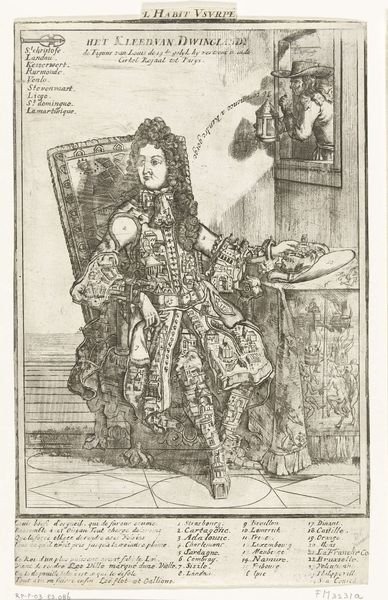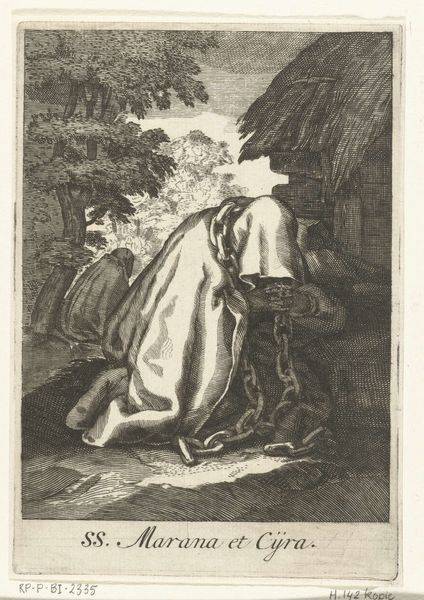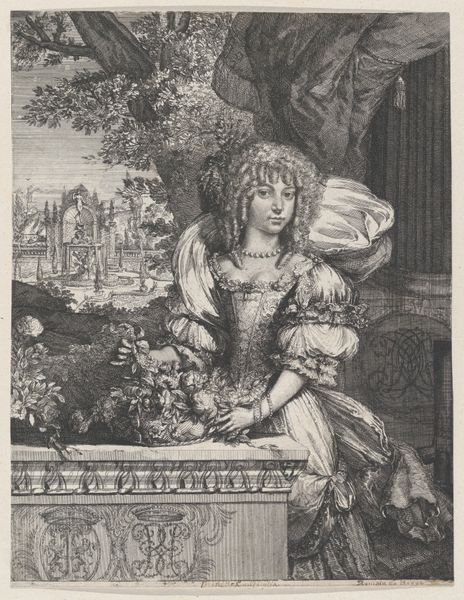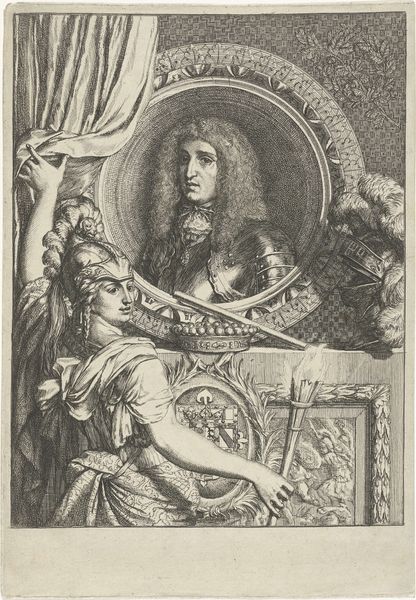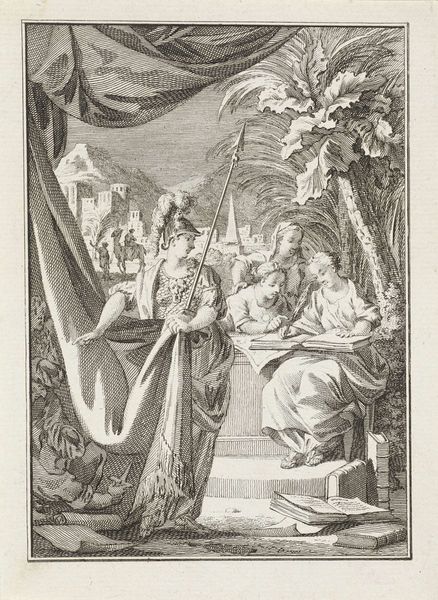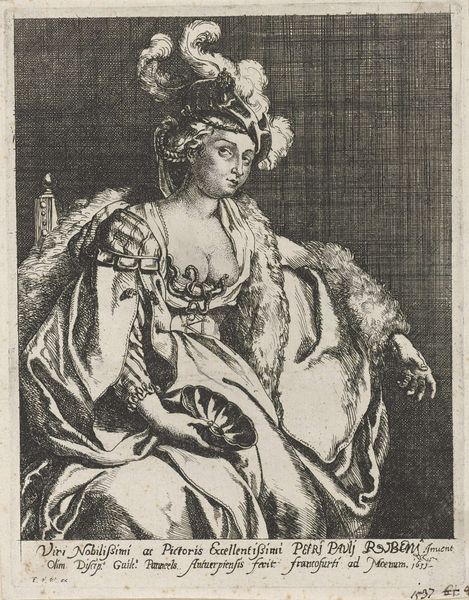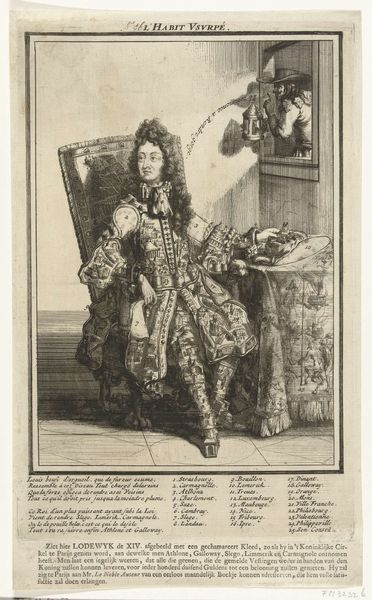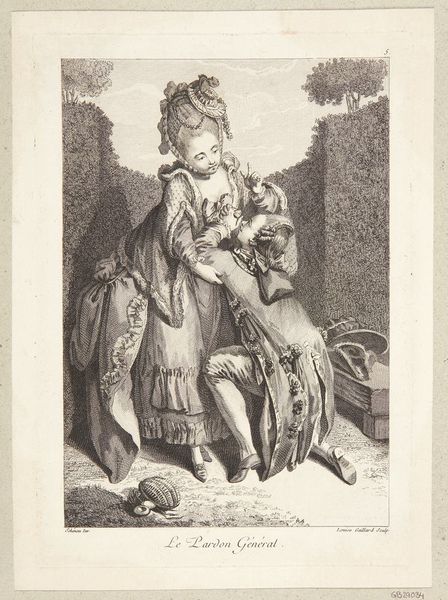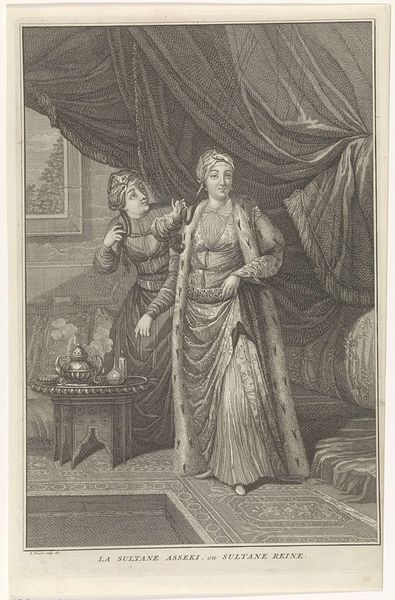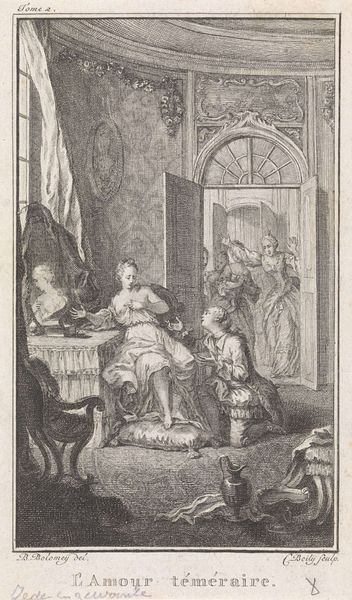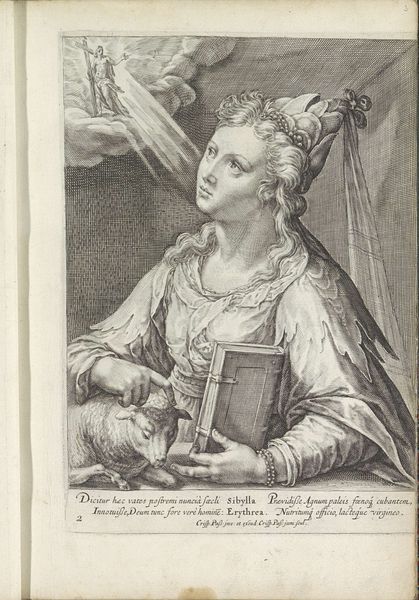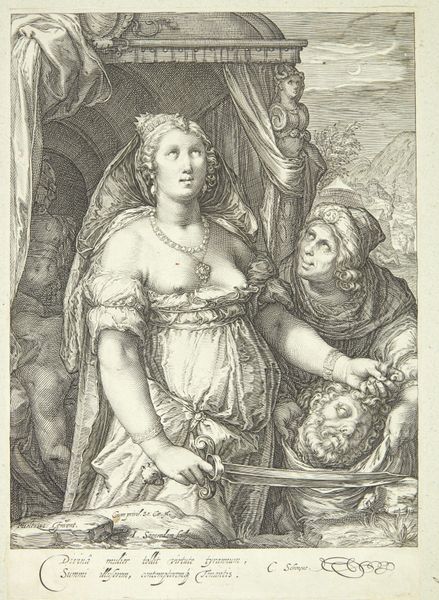
engraving
#
portrait
#
baroque
#
old engraving style
#
history-painting
#
engraving
Dimensions: height 135 mm, width 102 mm
Copyright: Rijks Museum: Open Domain
This portrait of William III, Prince of Orange, was made by an anonymous artist using the technique of etching. This printmaking process involves using acid to cut lines into a metal plate, which is then inked and pressed onto paper. Notice the fine, delicate lines that define the Prince's features and the intricate details of his armor and the surrounding ornamentation. These details would have required great skill and patience on the part of the etcher, who would have carefully controlled the depth and density of the lines to create a range of tones and textures. The fact that this portrait was made using printmaking suggests something about its intended audience and purpose. Unlike a unique painting or sculpture, a print can be reproduced multiple times, making it a relatively affordable and accessible way to disseminate images and information. In this case, the portrait of William III may have been intended to promote his image and authority, reaching a broad audience of potential supporters. Considering the materials, making, and context of this print allows us to appreciate its significance as a political tool and a testament to the skill and artistry of the anonymous etcher.
Comments
No comments
Be the first to comment and join the conversation on the ultimate creative platform.
